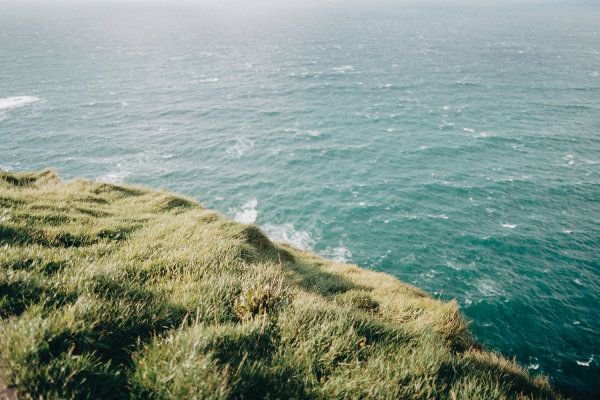
Key Takeaways
Always carry your camera to capture spontaneous moments.
Shoot photos daily to build consistency and improve skills.
Experiment with various film stocks to understand their unique characteristics.
Review and compare your results to learn and grow.
Master the fundamentals of ISO, grain, and color profiles for better control over your images.
Best Simple Habits to Become a Better Film Photographer
1. Always Have Your Camera With You
One of the most straightforward yet impactful habits is to always carry your camera with you. You never know when a perfect photo opportunity might present itself. By having your camera ready, you increase your chances of capturing those fleeting moments that can make for stunning photographs.
2. Make Photos Daily
Consistency is key in film photography. By taking photos daily, you not only improve your technical skills but also develop a keen eye for composition and lighting. This habit helps you to stay engaged with your craft and continuously learn from each shot you take.
3. Experiment With Different Film Stocks
Each film stock has its own unique characteristics, such as color rendition, grain structure, and contrast levels. By experimenting with different types of film, you can discover which ones best suit your style and the subjects you like to shoot. Here are some popular film stocks to consider:
Kodak Portra 400: Known for its excellent color reproduction and fine grain.
Fujifilm Acros 100: Offers sharp details and high contrast, perfect for black-and-white photography.
Ilford HP5 Plus: A versatile black-and-white film with a classic look and moderate grain.
4. Compare Results
After shooting with different film stocks, take the time to compare your results. Look at how the colors, contrast, and grain differ between films. This practice will help you understand the strengths and weaknesses of each film type and guide you in choosing the right one for future projects. For a detailed review, you can check out this Kono Delight film review.
5.Understand ISO, Grain, and Color Profiles
Understanding the fundamentals of ISO, grain, and color profiles is crucial for achieving the desired look in your photos. ISO affects the film’s sensitivity to light, grain impacts the texture of your images, and color profiles determine the overall tone and mood.
6. Learn Shutter Speed
Shutter speed is a critical component of film photography. It determines how long the film is exposed to light, which can drastically affect the outcome of your photos. For instance, a fast shutter speed like 1/1000s can freeze fast-moving subjects, while a slow shutter speed like 1/30s can create a beautiful motion blur effect. Understanding how to manipulate shutter speed will open up new creative possibilities for your photography.
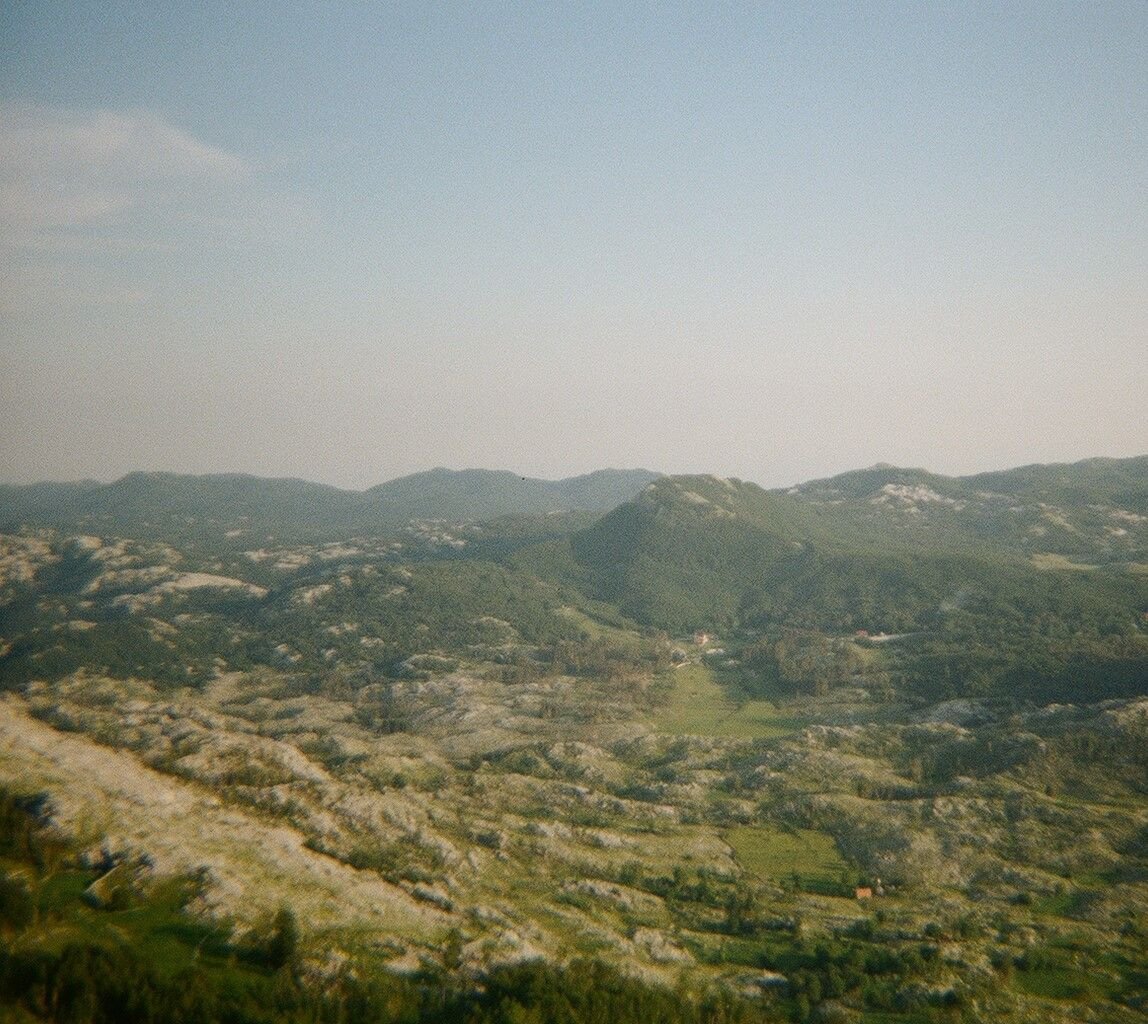
7. Master Aperture Control
Aperture control is another fundamental aspect of film photography. The aperture setting controls the size of the lens opening, which in turn affects the depth of field and the amount of light that hits the film. A low f-stop (e.g., f/2.8) results in a shallow depth of field, making your subject stand out against a blurred background. Conversely, a high f-stop (e.g., f/16) keeps more of the scene in focus, which is ideal for landscape photography. Mastering aperture control will allow you to create more compelling and visually interesting photos.
8. Start selling your own photos on Pixpa
Selling my own film photos on Pixpa has truly been a rewarding experience. Not only does it give me the opportunity to showcase my work to a wider audience, but it also inspires me to continue creating and improving my craft.
Knowing that there are people out there who appreciate my work enough to purchase it is a great motivator to keep pushing myself to create even better photos. It’s a reminder that my art has value and can bring joy to others.
By selling my film photos on Pixpa, I’m not only benefiting myself financially, but I’m also sharing my passion with others and hopefully inspiring them to appreciate the beauty of film photography. It’s a win-win situation where both the creator and the buyer benefit from the transaction.
Click the link to start your 15-day free trial and receive a 50% discount on annual plans by entering the code.
Sell your own photos
50% off https://www.pixpa.com?via=andreja72
Code: PXREF50
I encourage other photographers to consider selling their work on platforms like Pixpa. Not only does it give you a chance to earn some extra income, but it can also be a source of motivation and inspiration to continue pursuing your passion for photography. Sharing your art with the world can truly be a rewarding experience for both you and your audience.
Understanding Film Development
Developing your own film can be a rewarding experience that gives you complete control over the final image. It may seem daunting at first, but with the right equipment and knowledge, you can master this essential skill. For instance, understanding the features and performance of different film holders, like the EFH V3 Film Holder, can significantly improve your development process.
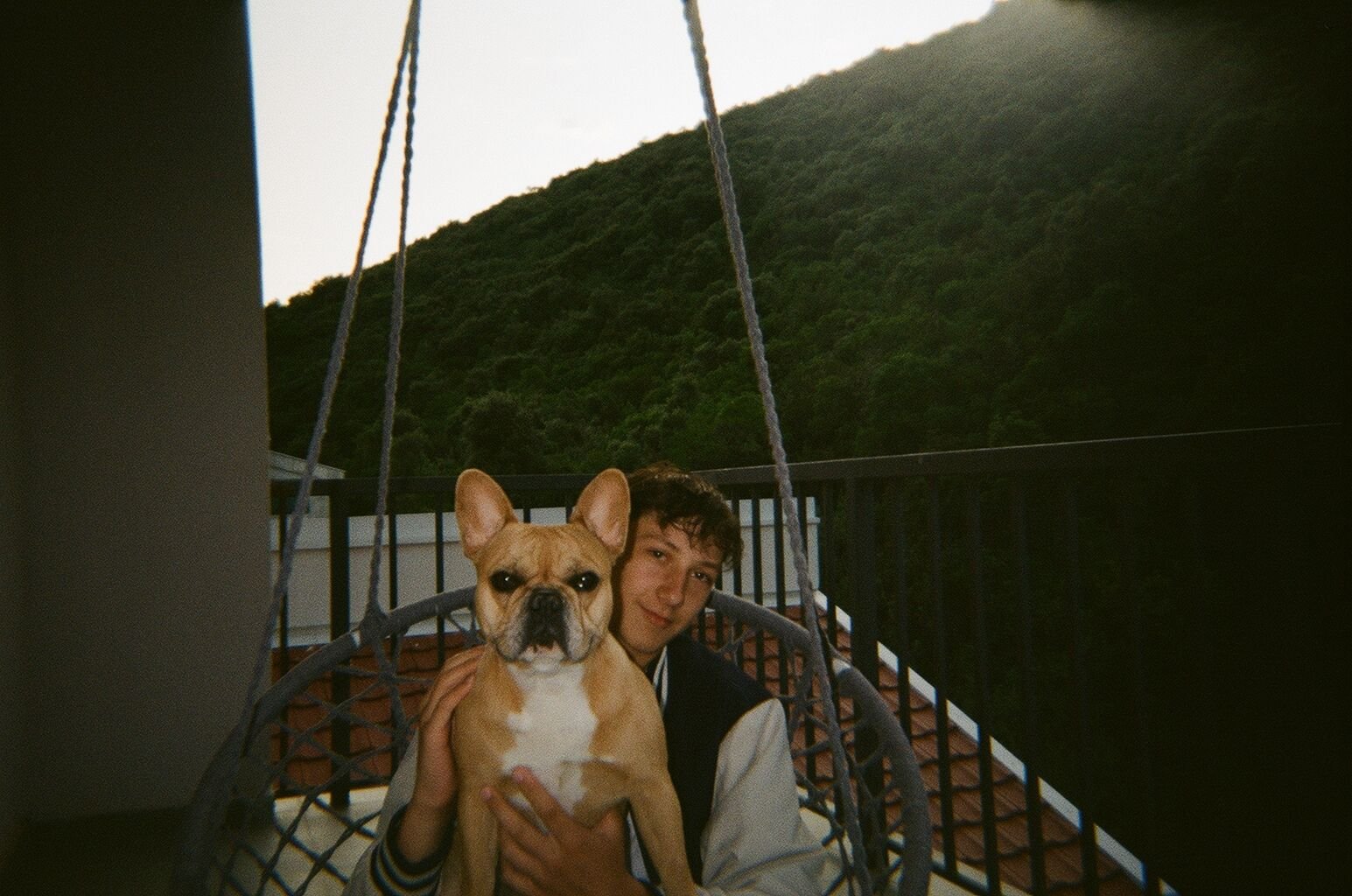
Finding Your Unique Style
Developing a unique style is essential for standing out as a film photographer. Your style reflects your personal vision and creative approach. Here are some tips to help you find and refine your unique style:
Seek Inspiration, Not Imitation
It’s important to draw inspiration from other photographers without directly copying their work. Study the techniques and compositions of photographers you admire, but always aim to put your own spin on things. This will help you develop a distinctive style that is truly your own.
Experiment With Different Techniques
Don’t be afraid to try new techniques and push the boundaries of your creativity. Experimenting with different approaches can lead to unexpected and exciting results. Here are some techniques to explore:
Double exposure
Long exposure
Cross-processing
Using unconventional lighting
By experimenting with these techniques, you can discover new ways to express your vision and create unique images. For instance, you might want to explore the Film Washi X review to learn more about its features and performance.
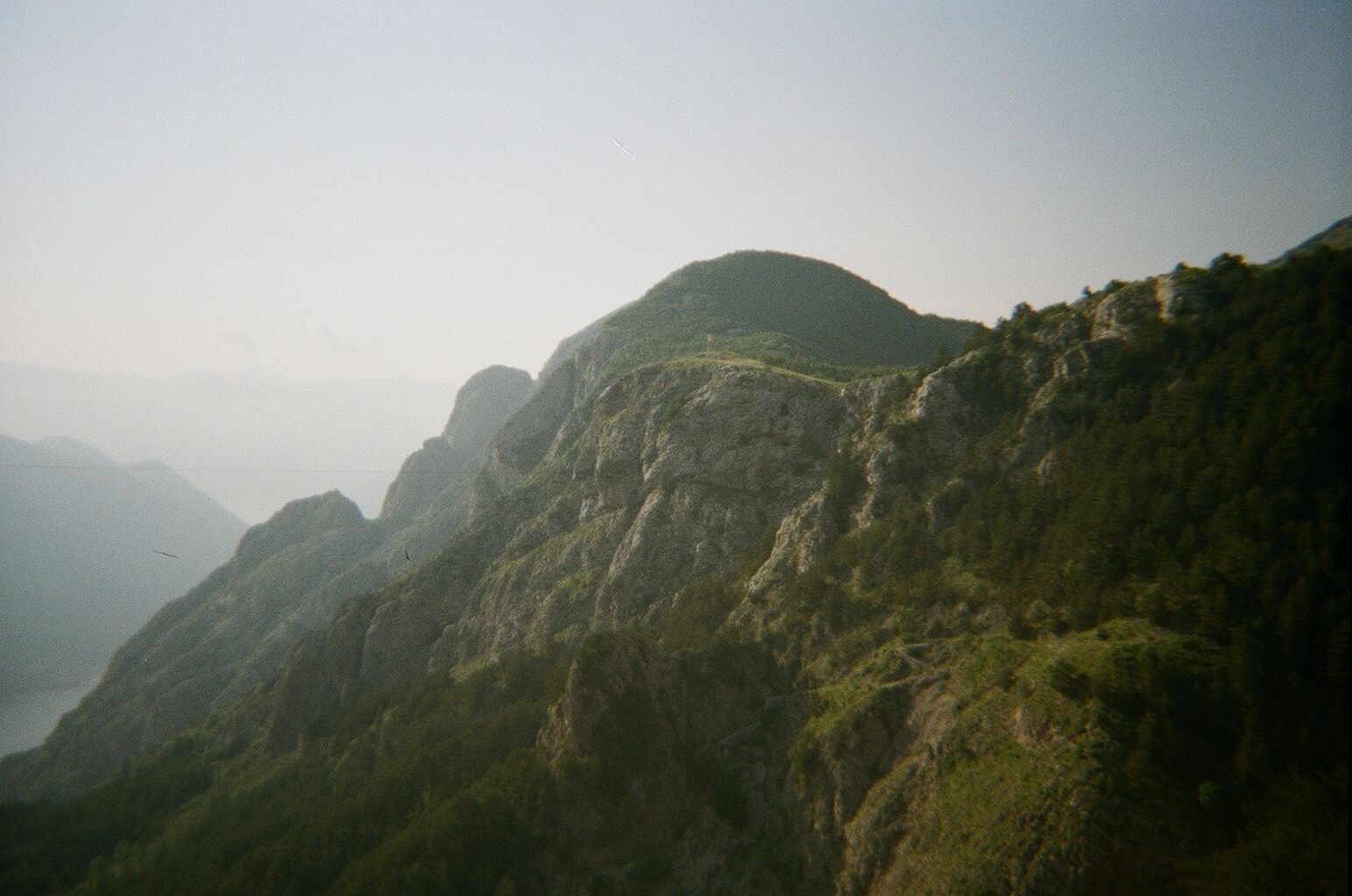
Stay True to Your Vision
While it’s important to seek inspiration and experiment, always stay true to your own vision. Your unique perspective is what sets you apart as a photographer. Trust your instincts and follow your creative impulses, even if they go against conventional wisdom. For example, you might find unique inspiration from using different types of film like in this Kono Delight film review.
Frequently Asked Questions (FAQ)
What type of film is best for beginners?
For beginners, I recommend starting with a versatile and forgiving film like Kodak Portra 400. It’s known for its excellent color reproduction and fine grain, making it suitable for a wide range of subjects and lighting conditions.
How can I minimize grain in my photos?
“To minimize grain, use a lower ISO film and ensure proper exposure. Overexposing your film slightly can also help reduce visible grain.”
Using a tripod to stabilize your camera can also help you use slower shutter speeds without introducing motion blur, which can reduce the need for higher ISO settings. For more insights, check out this Leica M6 film camera review.
What are some good film cameras for starters?
Some excellent film cameras for beginners include the Leica M6 and others that offer a great balance of features and ease of use.
How do I properly store my film?
Proper storage is essential to maintain the quality of your film. Store your film in a cool, dry place, away from direct sunlight and extreme temperatures. Keeping your film in the refrigerator can help extend its shelf life, but be sure to let it reach room temperature before using it to avoid condensation.
Can I use expired film and what are the results?
Yes, you can use expired film, but the results can be unpredictable. Expired film may show color shifts, increased grain, and reduced contrast. However, some photographers enjoy the unique and sometimes surreal effects that expired film can produce.
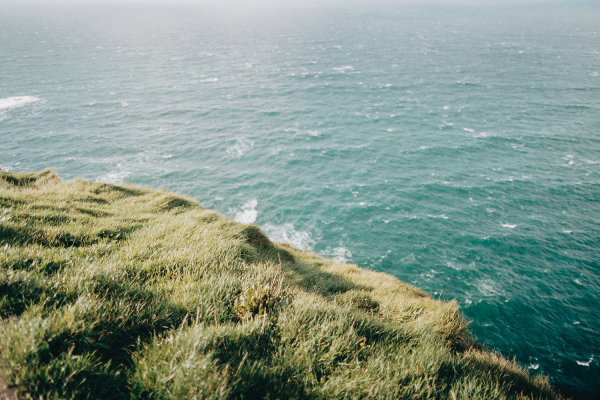



Leave a Reply